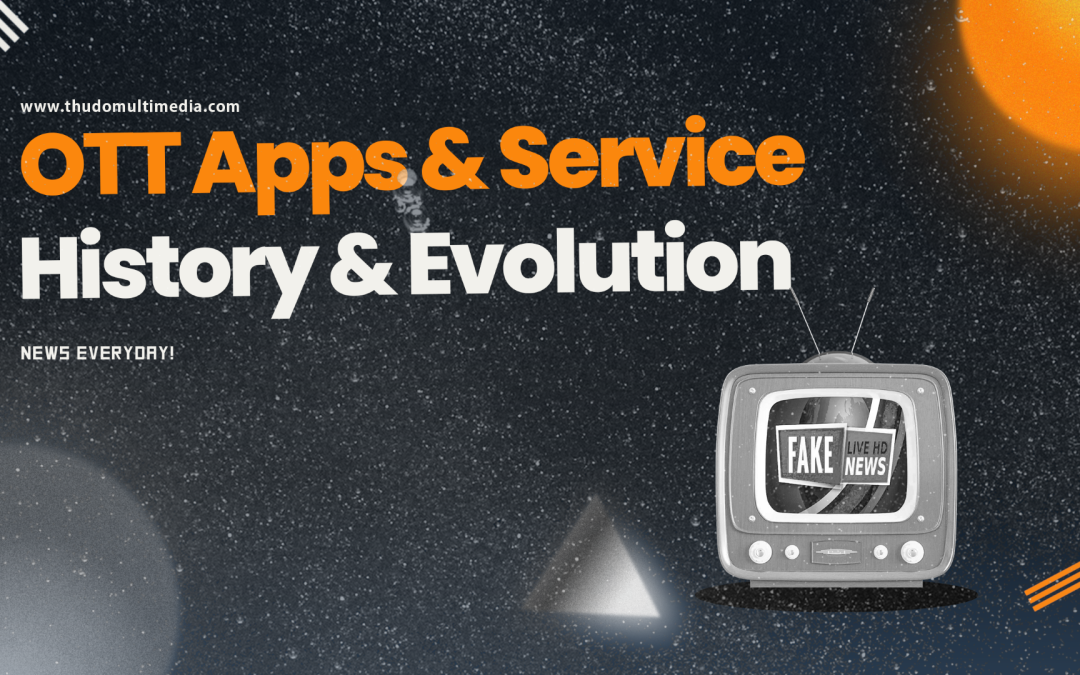The realm of entertainment has been profoundly reshaped by the advent of Over-The-Top (OTT) apps and services. These digital platforms have not just become a trend; they’ve evolved into a transformative force, offering instant access to a diverse array of content, ranging from movies and TV shows to music and live events. As we embark on a journey through the history of OTT, we’ll unravel the roots of this revolution and delve into how it has metamorphosed into a global entertainment powerhouse.
The Emergence of OTT Technology:
In the early 2000s, a pivotal moment arrived with the rapid improvement of internet speeds, giving birth to Over-The-Top (OTT) technology. This technological leap enabled individuals to directly access information via streaming media services. Netflix, initially a DVD-by-mail rental service, seized the opportunity and transitioned to online streaming.

Netflix’s groundbreaking move into online streaming disrupted established cable and satellite TV models, introducing on-demand access to a vast collection of films and TV series. This pivotal moment opened doors for streaming giants like Hulu and Amazon Prime Video, intensifying competition and expanding the realm of OTT services.
War with Traditional TV:
As OTT platforms gained popularity, they ventured into producing original content, exemplified by Netflix’s “House of Cards.” This marked a turning point, showcasing that OTT services could not only compete but excel in producing high-quality, award-winning content. The industry witnessed a surge in original programming, attracting renowned talent to create exclusive content.

The widespread availability of OTT services disrupted traditional TV, prompting consumers to embrace the flexibility and affordability of OTT subscriptions, leading to the phenomenon known as “cord-cutting.” Traditional networks adapted by launching their own OTT platforms to stay competitive.
Global Expansion, Localization, and Mobile Revolution:
OTT services transcended national boundaries, exemplified by Netflix’s global expansion tailored to regional tastes. This globalization accelerated the development of OTT platforms, captivating a diverse global audience.
The proliferation of smartphones and fast mobile internet significantly contributed to the popularity of OTT apps. Users gained the ability to access their preferred content on the go, enhancing the accessibility and convenience of OTT services. This trend has been leveraged by mobile-focused platforms like YouTube, TikTok, and Disney+, catering to the ever-expanding mobile audience.
The evolution of OTT apps and services is a fascinating journey from technological innovation to a global entertainment revolution. OTT has not only redefined how we consume content but has become an integral part of our cultural landscape. As we look ahead, continuous technological advancements promise a dynamic future for OTT, ensuring its enduring dominance in the ever-evolving world of entertainment. Stay tuned for more insights and updates from Thudo Multimedia’s blog!


Recent Comments